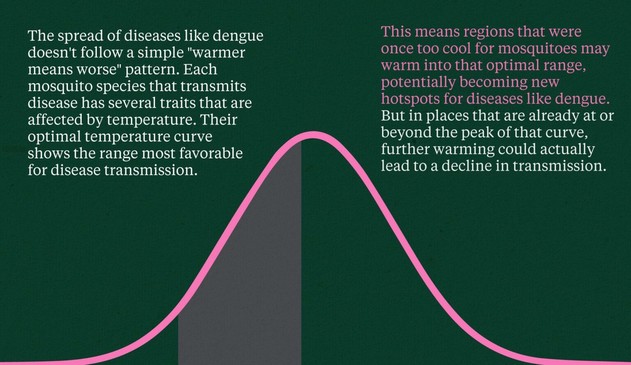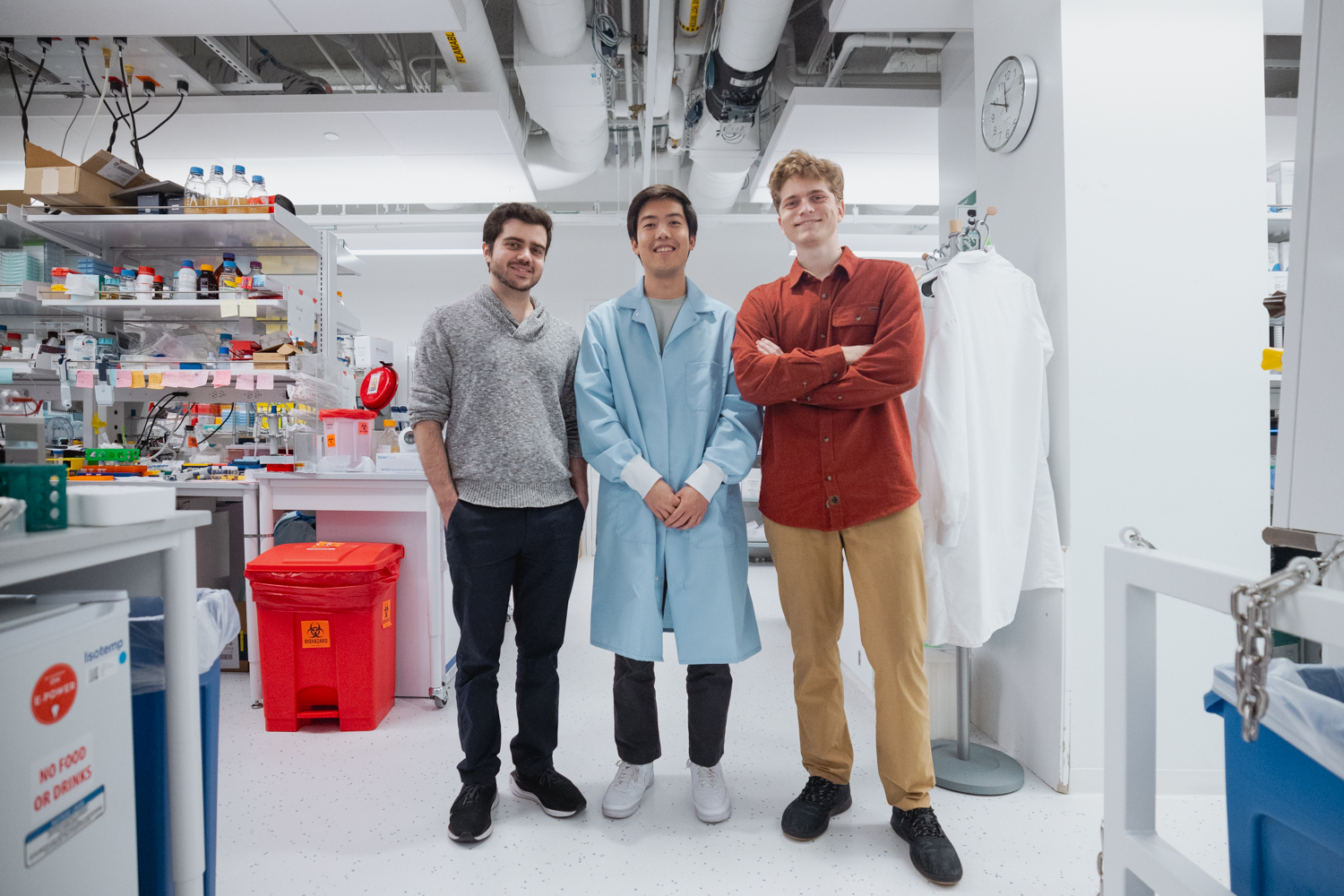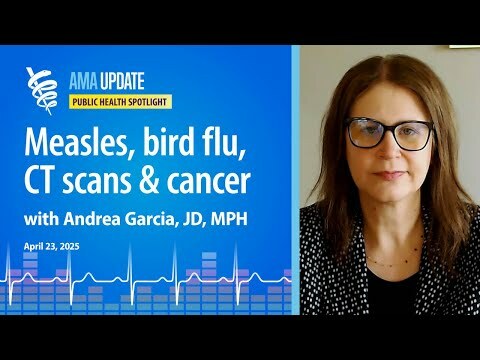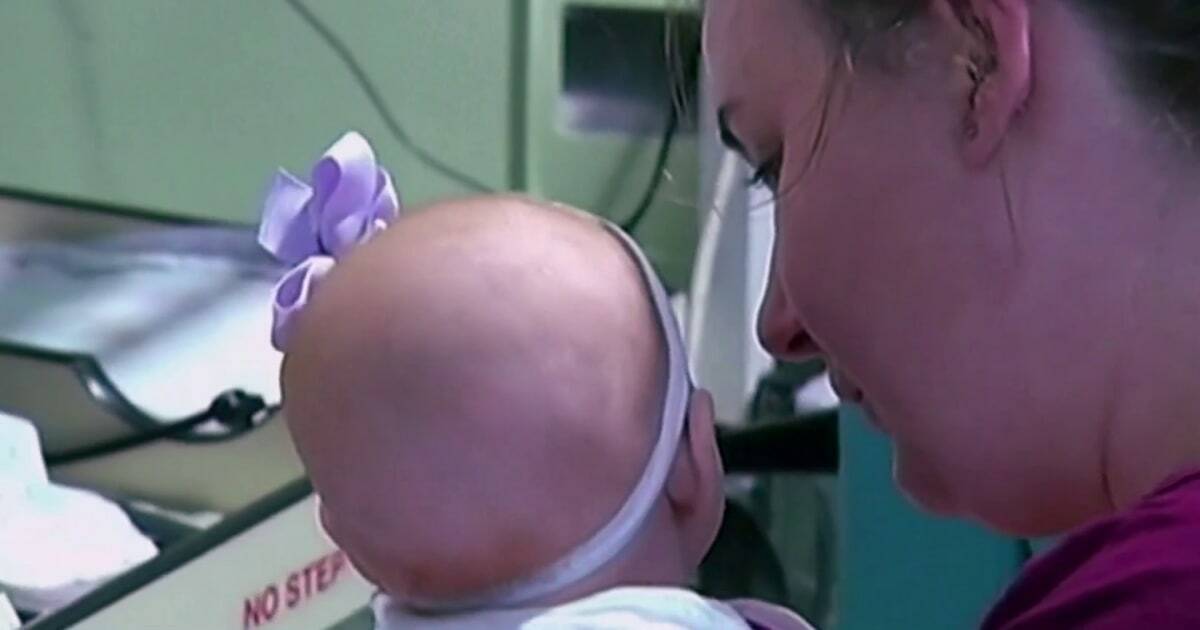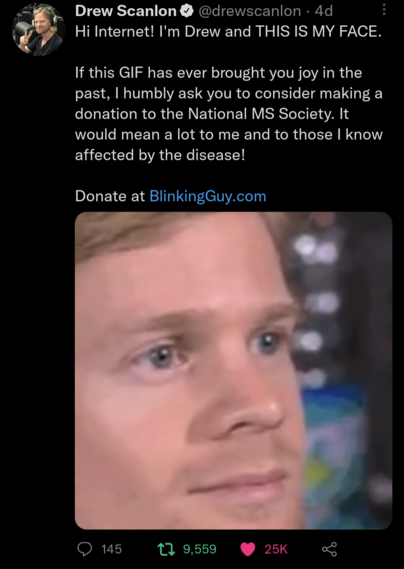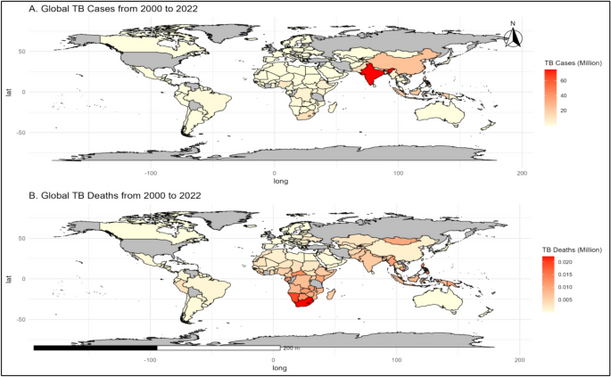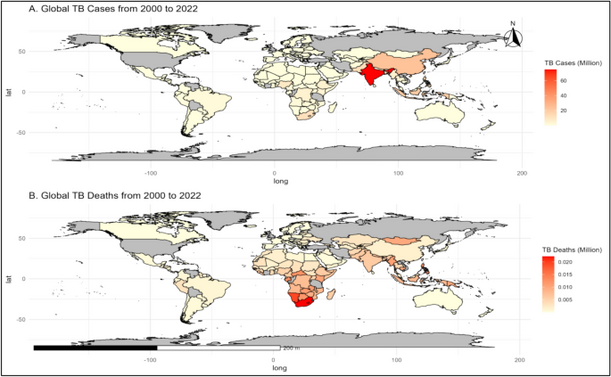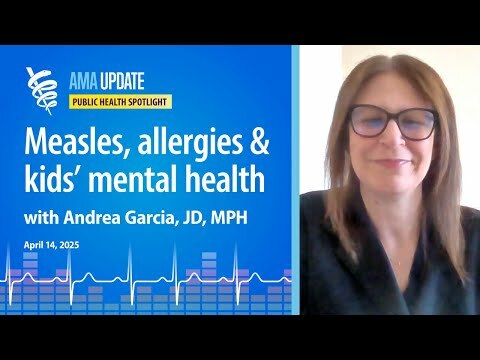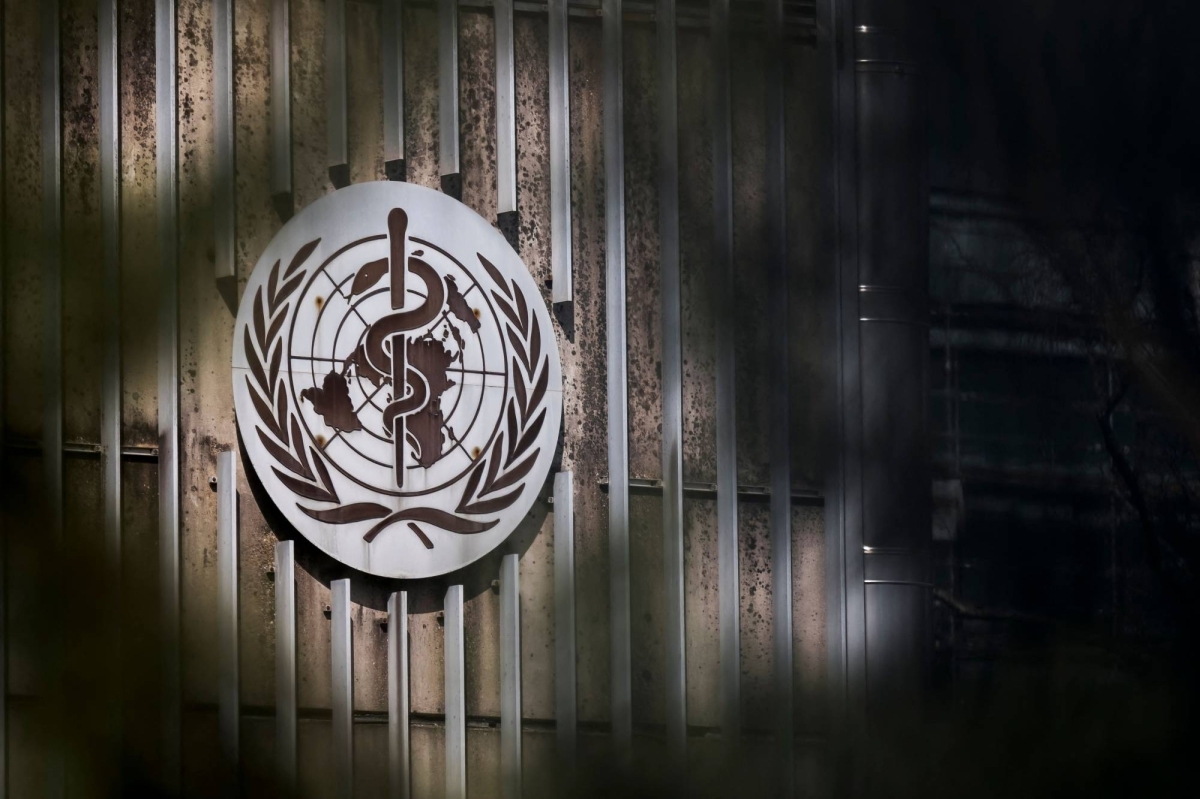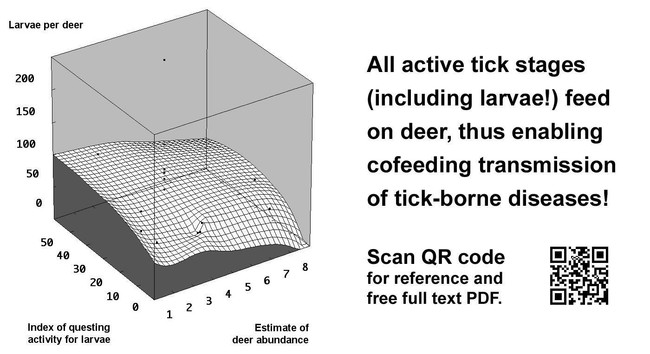How a Changing Climate Is Reshaping the Spread of Infectious Diseases
"...Then you have this convergence of crises—the #ClimateCrisis overlapping with the #PollutionCrisis. So you get this intersection between air pollution and respiratory #diseases, and then infectious diseases more broadly, all layered on top of a changing #climate.
When it comes to waterborne and foodborne diseases, the link to #ClimateChange is even more direct. As temperatures rise, you create more favorable conditions for #bacteria and other #pathogens to multiply. They thrive in warm environments—soil, water, contaminated areas—so warming can increase their abundance.
#ExtremeWeather events are also a big factor here. Aedes #mosquitoes need water to complete their life cycle—from egg to larva to pupa, it all happens in #water. When #floods occur, all the discarded #plastic and #trash lying around fill with water and becomes the ideal breeding ground for mosquitoes.
What’s interesting is that these diseases aren’t just associated with floods—they’re also linked to #droughts. That might seem counterintuitive at first, but in many parts of the world, people don’t have safe, reliable access to clean water, especially during drought conditions. So they store water in containers that aren’t properly sealed or protected, which too can become the perfect breeding sites for mosquitoes.
Infections—particularly vector-borne diseases—are increasingly reemerging and emerging in new areas around the world for a lot of different reasons. Climate change is definitely part of that, with rising temperatures and more extreme weather events like floods and droughts. But the way we live our lives and interact with the environment also plays a huge role. I mean, first and foremost, most of us now live in urban areas rather than rural ones..."
https://insideclimatenews.org/news/26042025/climate-change-shifting-spread-of-infectious-disease/
#Health
#ClimateChange
#TheGreatDying, the first American genocide:
warfare, #slavery and #diseases such as smallpox, measles, influenza and cholera wiped out approximately 90 percent of these inhabitants, leaving a mere 6 million #indigenous men, women and children alive in 1600... "




